Whiskers on the Field: The Growing Trend of Cat Agility Competitions
Introduction
In recent years, a unique phenomenon has garnered attention among pet owners and animal enthusiasts alike: cat agility competitions. While canine agility has been a well-established sport for decades, the emergence of feline counterparts is reshaping how we view our pets and their capabilities. This article delves into the growth of cat agility competitions, the nuances of training cats for such events, and the community that has sprung up around this burgeoning trend.
The Rise of Cat Agility Competitions
Historical Context
Cat agility competitions are reminiscent of dog agility sports, where pets navigate obstacle courses designed to test their speed, agility, and obedience. While dog agility gained popularity in the 1970s, the idea of training cats for similar activities was largely unheard of until recent years. Factors contributing to this rise include growing awareness of feline capabilities, the normalization of viewing cats as active companions, and the increasing interest in competitive pet events.
The Appeal of a New Sport
The surge in cat agility competitions reflects broader societal shifts toward pet ownership. Cats are increasingly perceived not just as passive companions, but as active participants in their owners’ lives. Owners seek activities that engage their pets both physically and mentally. Cat agility provides a stimulating environment where felines showcase their athleticism, intelligence, and bonding with their owners, thus enhancing the pet-human relationship.
Training Cats for Agility
Understanding Feline Behavior
Before embarking on the journey of training a cat for agility, understanding feline behavior is paramount. Unlike dogs, cats have a reputation for being more independent and less eager to please. This distinction necessitates a tailored approach to training that respects their unique personalities. Techniques such as positive reinforcement, clicker training, and understanding a cat’s sociality and instincts play a vital role in successfully training a cat for agility competitions.
Setting Up for Success
Creating a conducive training environment is critical. This includes:
-
Safety First: Ensuring that the training area is free of hazards is crucial. Creating a safe space where cats can explore and practice is the first step toward success.
-
Familiarization with Obstacles: Gradually introducing cats to various obstacles—such as tunnels, jumps, and weave poles—helps familiarize them with what to expect during competitions.
-
Short Sessions: Cats have varying attention spans. Training should be broken into short sessions (5-10 minutes), allowing for breaks and preventing frustration.
-
Rewarding Progress: Employing treats and praise as rewards fosters positive associations with the training process. Cats thrive on consistency and learn best when their efforts are reinforced.
-
Patience and Understanding: Cats can have off days where they simply aren’t interested in training. Understanding and respecting these moods will lead to a more positive experience.
Finding a Suitable Training Program
Several resources are emerging that cater specifically to cat agility training. Local clubs, online tutorials, and literature on cat training can provide the necessary information and community support. Observing or participating in existing cat agility competitions can also offer valuable insights.
The Community Around Cat Agility
Events and Competitions
As cat agility competitions gain momentum, various events are being organized globally. From local gatherings to national championships, these competitions provide a platform for cat owners to showcase their pets’ incredible skills. Events typically feature a range of obstacles designed to challenge the agility and intelligence of the cats, while also offering an opportunity for bonding between pet and owner.
Social Media Influence
Modern social media has played a significant role in elevating the visibility of cat agility competitions. Platforms like Instagram, TikTok, and YouTube serve as vital channels for sharing training tips, best practices, and competition highlights. The rise of viral cat videos has significantly contributed to the sport’s popularity, inspiring more owners to train their cats with the desire to capture their experiences on camera.
Building Connections
The community aspect of cat agility competitions cannot be overstated. Owners often form lasting friendships with fellow cat enthusiasts, sharing tips, tricks, and experiences. Online forums and local meet-ups allow people to connect, fostering a sense of belonging and camaraderie among cat lovers. Furthermore, many organizations now facilitate cat agility workshops, seminars, and networking events.
Challenges and Considerations
Understanding Limits
Despite the increasing popularity, cat agility competitions do pose challenges. Not all cats are suited for agility training, and owners should recognize their pets’ limits. Forcing a cat into an activity it does not enjoy can damage the bond between the pet and owner.
Veterinary Considerations
Health and safety should always be the top priority. Consultation with a veterinarian is essential before engaging in intense training or before entering competitions. Understanding a cat’s physical health, age, and temperament can help tailor the training experience appropriately.
The Commitment Factor
Training a cat for agility competitions is not a quick or easy endeavor. It requires dedication, time, and patience. Owners must assess their ability to commit to the process before embarking on this journey with their pets.
Future Outlook for Cat Agility Competitions
Increasing Popularity
The future of cat agility competitions looks promising. As more people recognize the mental and physical benefits of engagement through agility training, it is likely that the sport will continue to grow. Emerging trends suggest that regional competitions may evolve into national or even international events, with potential for televised broadcasts and sponsorships similar to dog agility.
Innovations in Equipment and Obstacles
As the sport evolves, so too will the equipment and obstacles designed for cat agility. Innovations that prioritize the safety and comfort of cats while still providing a competitive edge are likely to emerge. For instance, collapsible tunnels designed to reduce the risk of injury or adjustable jump heights for cats’ varying strengths and weaknesses could become commonplace.
Inclusivity and Accessibility
Efforts to promote inclusivity within the sport are important for its growth. Educational initiatives aimed at helping novice trainers and their cats feel welcome in competitive spaces can facilitate broader participation. Adaptations can also be made for older cats or those with disabilities, allowing a wider variety of feline companions to engage in agility.
Conclusion
The growing trend of cat agility competitions reflects a shift in how society views pet ownership. As cats are increasingly seen as active members of our families, the opportunity to train them in agility showcases their abilities and deepens the bond between owner and feline. While challenges remain, the potential for growth and development within this arena is tremendous. As the community continues to flourish, cat agility competitions not only provide entertainment but also promote health, engagement, and the joy of sharing life with our furry friends.
References
Modern footnote style can be included here, with in-text citation numbers leading to detailed references at the end of this article. This format may feature works such as training manuals, articles on feline behavior, and studies on the effects of agility training on pets. Please note, though, that actual sourcing and citation are not provided in this draft but should be included in a finalized piece.














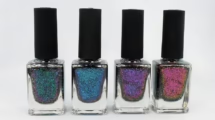
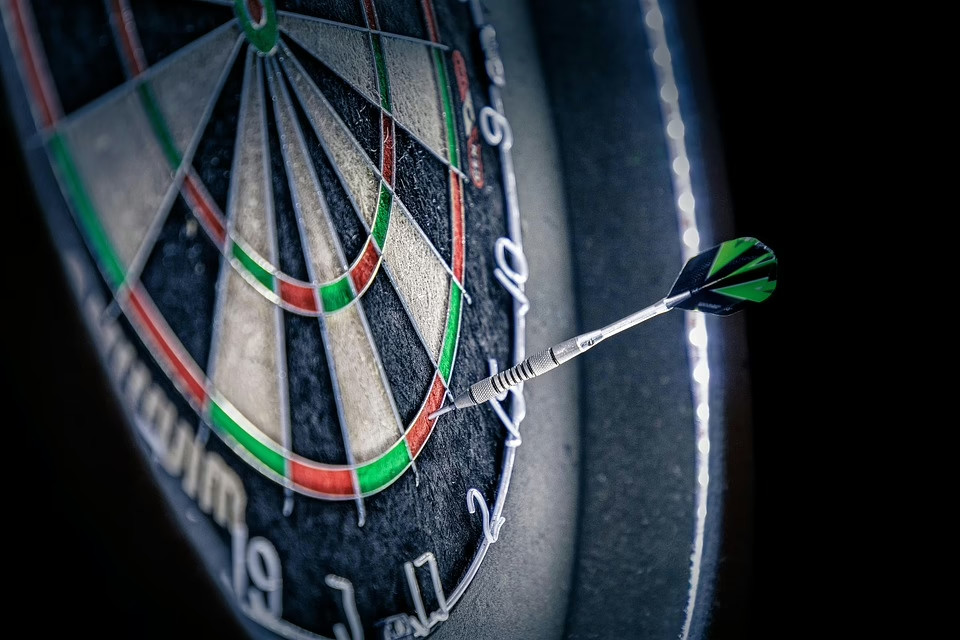


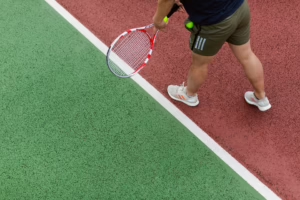
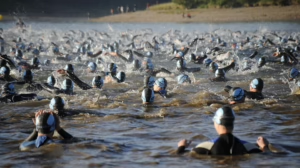
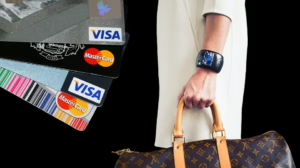
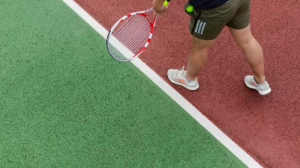




Add Comment